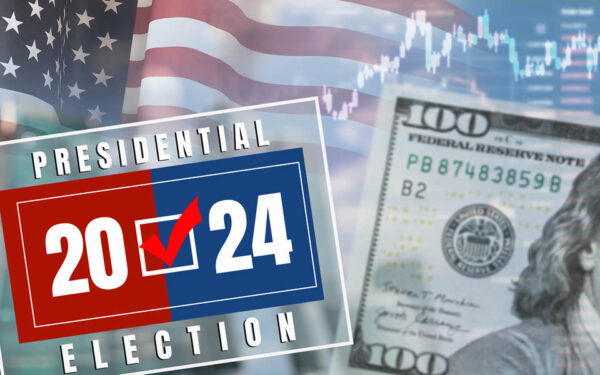Coronavirus Update: A Cure for 2019 Extension Payments, but Questions Remain for International Businesses
By Andre Benayoun, International Tax Partner
UPDATE
As many taxpayers are now aware, the U.S. Treasury has extended the due date for April 15th tax extension payments by 90 days as well as given taxpayers an automatic extension to pay taxes. We note here that first quarter of 2020 estimated federal income tax payments have also been deferred without interest or penalty. On March 24th, the IRS confirmed that this payment extension also applies the Section 965 toll charge, which many U.S. taxpayers with foreign operations are paying over an 8-year period that began with the 2017 tax-year.
Unfortunately, this is not the first time that taxpayers are facing uncertainty. As many are aware, there were sweeping changes to the Internal Revenue code pursuant to the Tax Cuts and Jobs Act of 2017 (including the aforementioned Section 965 toll charge regime). At that time, many taxpayers began to question whether the new benefits afforded to C corporations were worth converting their existing S corporation, partnership, LLC, or other flow-through tax structures to a corporate structure (or partial corporate structure). While some taxpayers made decisions with respect to this issue, other taxpayers have not yet made a decision. In short, some of the benefits of converting to a C corporation include: (1) the lower 21% federal income tax rate; (2) the ability to receive dividends from foreign subsidiaries exempt from corporate income tax to C corporations (see new Section 245A); (3) the new Foreign Derived Intangible Income (“FDII”) regime that reduces the 21% corporate tax rate to 13.125% on the exportation of goods and services (See Section 250); and (4) the potential to exempt gain on the sale of a small corporation from tax to the selling shareholder(s) (see Section 1202). The biggest negative of conversion to a C corporation structure is that the effective tax rate on distributions of income to U.S. shareholders is often higher as both, the C Corporation and the U.S. shareholder(s), must pay tax on the same income.
Another point to note is the mechanics of a conversion to a C corporation. For conversions to C corporations from S corporations, an election must be made by March 15th of the tax year for which the election is to apply (see Section 1362(b)). With respect to conversions to C corporation status from LLCs, or partnerships, a check-the-box election can be done at any time via Form 8832, though the conversion could give rise to a tax liability under one of several tax provisions (e.g., Section 357(c)). As such, the decision to convert should not be made without considering the potential tax implications of converting to a C corporation and not just the potential tax benefits of operating in such structure post-conversion.
In the new, post-Corona virus environment, the ability to increase cash flow and reduce the federal income tax paid on income from individual rates of up to 37% to the lower corporate rates of 13.125%-21% may be worth paying the higher long-term effective tax rate on distribution. This is even more so the case if the U.S. shareholder is planning a sale as the exit strategy once the economy turns around as opposed to distributing out profits.
In summation, taxpayers should continue to be careful about the uncertainty with respect to extension filings and which payments should be made and which were extended. Additionally, as the economic landscape changes, it may be time for taxpayers to begin to revisit their tax structures to see if the goals and policies around them are as relevant today as they were before the current changes to the economy.
Coronavirus Resource Center
Have more questions about the impact of the coronavirus on your business? Visit Marcum’s Coronavirus Resource Center for up-to-date information.



















